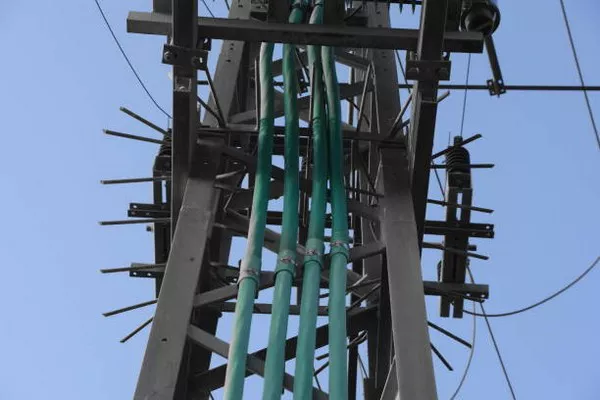Transformers are fundamental components in the realm of electrical engineering, serving as essential devices for the manipulation and transmission of electrical energy. One of the prevalent misconceptions surrounding transformers is whether they have the inherent capability to convert alternating current (AC) to direct current (DC). In this article, we will delve into the intricate workings of transformers, dispelling common myths and shedding light on their primary function in the context of AC and DC power.
Understanding Transformers:
Transformers are devices designed to transfer electrical energy between circuits through electromagnetic induction. Consisting of a primary and secondary winding, transformers operate on the principle of Faraday’s law of electromagnetic induction. When an alternating current flows through the primary winding, it generates a changing magnetic field, inducing a voltage in the secondary winding. This process allows for the transfer of electrical energy from one circuit to another without a direct electrical connection.
AC to AC Transformation:
Contrary to popular belief, transformers are not inherently capable of converting AC to DC. Their primary function is to facilitate the transmission of alternating current at the same frequency while altering the voltage level. This process is known as AC to AC transformation. The ability to change voltage levels without modifying the frequency makes transformers invaluable for long-distance power transmission, enabling efficient energy distribution across diverse applications.
AC to DC Conversion:
While transformers themselves do not convert AC to DC, the broader field of power electronics encompasses devices specifically designed for this purpose. Rectifiers, not transformers, play a pivotal role in transforming alternating current into direct current. Rectifiers are semiconductor devices that rectify AC voltage by allowing current to flow in one direction only. The most common type of rectifier is the diode bridge rectifier, which rectifies the AC waveform into a pulsating DC waveform.
Understanding the Transformer’s Role in Power Supply Systems:
In power supply systems, transformers are instrumental in stepping up or stepping down voltage levels to suit the requirements of different stages of power distribution. High-voltage transmission lines employ transformers to step up the voltage for efficient long-distance transmission, minimizing energy losses. Upon reaching the destination, transformers at substations step down the voltage to levels suitable for local distribution.
Power supply systems often include a combination of transformers and rectifiers to ensure a stable and reliable power source. For instance, in electronic devices and power adapters, transformers are utilized to match the voltage level of the incoming AC power with the requirements of the device. Subsequently, rectifiers convert the AC voltage into a stable DC voltage suitable for powering electronic components.
The Role of Transformers in DC Systems:
While transformers are predominantly associated with AC systems, they also find application in direct current (DC) systems. In DC transmission systems, high-voltage direct current (HVDC) transformers are employed to convert the voltage level for efficient long-distance transmission of DC power. These specialized transformers contribute to the enhancement of DC transmission by minimizing losses and facilitating the integration of renewable energy sources into the power grid.
Dispelling Common Myths:
To dispel common myths surrounding transformers and their role in AC to DC conversion, it is crucial to emphasize that transformers, by themselves, do not convert AC to DC. Transformers excel in AC to AC transformation, altering voltage levels while preserving the frequency of the input signal. The conversion of AC to DC involves the use of rectifiers, which are distinct components designed explicitly for this purpose.
See Also: What Do Transformers Do To Current?
Conclusion:
In conclusion, transformers are indispensable components in the field of electrical engineering, facilitating the efficient transmission of electrical energy through electromagnetic induction. While transformers play a crucial role in altering voltage levels in AC systems, they do not inherently possess the capability to convert AC to DC. The process of AC to DC conversion involves the use of rectifiers, which rectify the AC waveform into a unidirectional DC waveform.
Understanding the distinct roles of transformers and rectifiers is essential for a comprehensive grasp of power distribution systems and the conversion of electrical energy between AC and DC forms. By unraveling the mystery surrounding transformers and their functions, engineers and enthusiasts alike can deepen their appreciation for the intricate interplay of components that powers our modern electrical systems.

